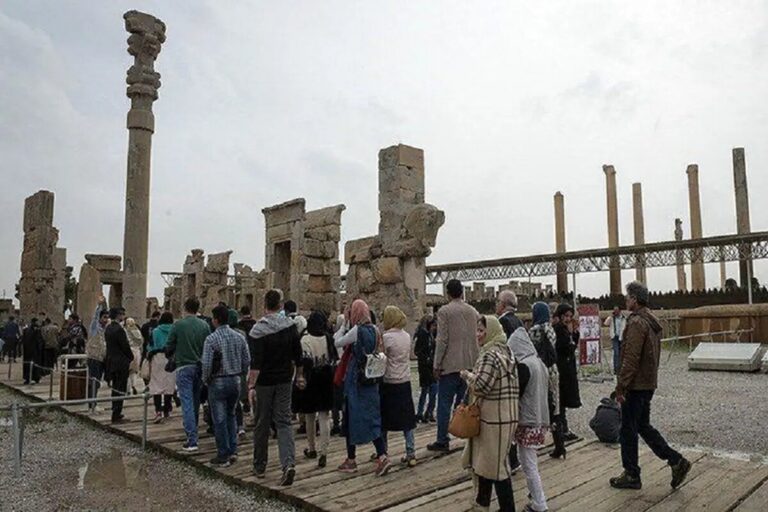Bangladesh Ambassador Explores Rich Heritage: A Journey Through Urmia’s Historical Attractions in Northwest Iran
The recent visit of the Ambassador of Bangladesh to Iran, Manjurul Karim Khan Chowdhury, has highlighted the cultural and historical richness of Urmia, a city located in northwest Iran. This visit not only showcased the stunning architecture and heritage of the region but also opened discussions about enhancing trade and tourism between Iran and Bangladesh.
On Sunday, the ambassador embarked on a tour of Urmia, exploring several significant historical and cultural landmarks that reflect the city’s vibrant past. The sites he visited include:
- Jameh Mosque of Urmia: A stunning example of Islamic architecture.
- The Traditional Bazaar: A bustling marketplace that offers a glimpse into local life.
- Hedayat School: A historic institution that showcases the educational heritage of the region.
These sites are just a few highlights of Urmia’s architectural and cultural legacy, which attracts visitors from around the world. According to the Cultural Heritage, Tourism and Handicrafts Organization, the ambassador’s visit was reported on Monday, emphasizing the importance of such cultural exchanges.
During his visit, Ambassador Khan Chowdhury engaged in meaningful discussions with representatives of the Urmia Chamber of Commerce. The primary focus was on exploring ways to strengthen trade relations between Iran and Bangladesh. The talks included an in-depth analysis of the potential for tourism in the West Azarbaijan province, which is home to Urmia.
West Azarbaijan province is renowned for its stunning natural landscapes and rich cultural heritage. Some of the key attractions in the area include:
- Takht-e Soleyman: A UNESCO World Heritage site that boasts ancient ruins and stunning landscapes.
- Qareh Klise (St. Thaddeus Monastery): Another UNESCO site, this monastery is a significant pilgrimage destination for Armenian Christians.
- Teppe Hasanlu: An archaeological site that reveals the remnants of ancient civilizations.
- Bastam Citadel: A historic fortress that speaks to the region’s strategic importance throughout history.
The province’s historical significance dates back to ancient times. According to Britannica, it was conquered by Alexander the Great in the 4th century BC and was known as Atropatene, named after General Atropates, who established a small kingdom in the area. Eventually, this region came under Persian rule during the Sasanian Empire in the 3rd century CE, further enriching its historical tapestry.
In addition to its historical landmarks, West Azarbaijan boasts breathtaking natural scenery, making it an ideal destination for tourists seeking both adventure and cultural enrichment. The ambassador’s visit and the discussions held with local commerce representatives signify a mutual interest in promoting tourism as a pathway to strengthen the ties between Iran and Bangladesh.
The cultural exchange initiated by Ambassador Khan Chowdhury’s visit is expected to pave the way for future collaborations, particularly in the tourism sector. As both nations work towards enhancing their bilateral relations, the potential for joint tourism initiatives could attract travelers eager to explore the rich heritage of West Azarbaijan.
Further collaborations may include:
- Joint marketing of tourist destinations.
- Promotion of cultural festivals that celebrate the heritage of both nations.
- Development of travel packages that highlight the unique offerings of Urmia and its surroundings.
As the discussions continue, there is optimism that increased cooperation will benefit not only the economies of both countries but also foster greater understanding and appreciation of their respective cultures. The synergy between Bangladesh and Iran, highlighted by this visit, can open new avenues for growth and partnership.
In summary, the visit of the Bangladeshi ambassador to Urmia serves as a reminder of the importance of cultural heritage and international diplomacy in today’s interconnected world. By promoting tourism and trade relations, both Iran and Bangladesh can look forward to a prosperous future rooted in mutual respect and collaboration.






